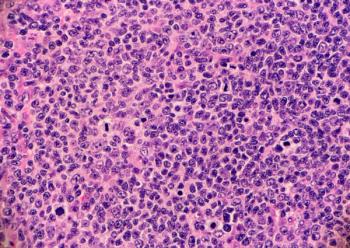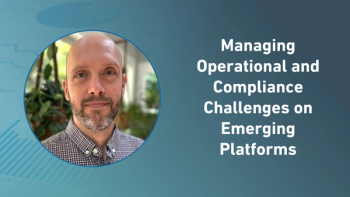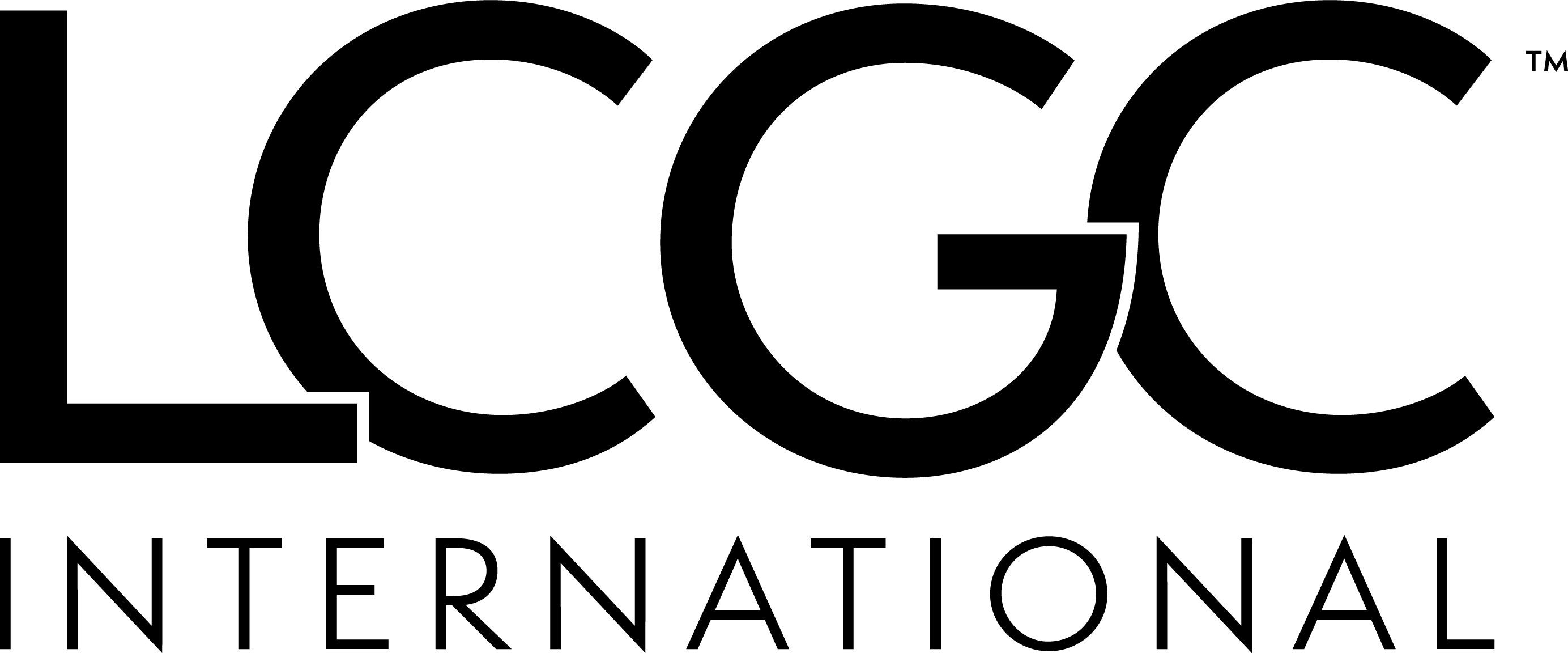
AAHRPP Releases 2010 Metrics on Human Research Protection Programs Performance
Improving the quality of human research protection programs is a top priority for AAHRPP. Effective and efficient systems of oversight within organizations provide better protections for research participants and produce higher quality research. And collectively, they raise the bar globally to ensure research participants are safe and respected.
From data supplied by client organizations in 2010, AAHRPP has compiled an information database to help research organizations, researchers, sponsors, government agencies, and participants identify and support high-performing practices for human research protection programs (HRPPs).
Published
A PDF version of the 2010 metrics will be available shortly. The 2009 metrics are available on the Website
Newsletter
Stay current in clinical research with Applied Clinical Trials, providing expert insights, regulatory updates, and practical strategies for successful clinical trial design and execution.






.png)



.png)



.png)
.png)
